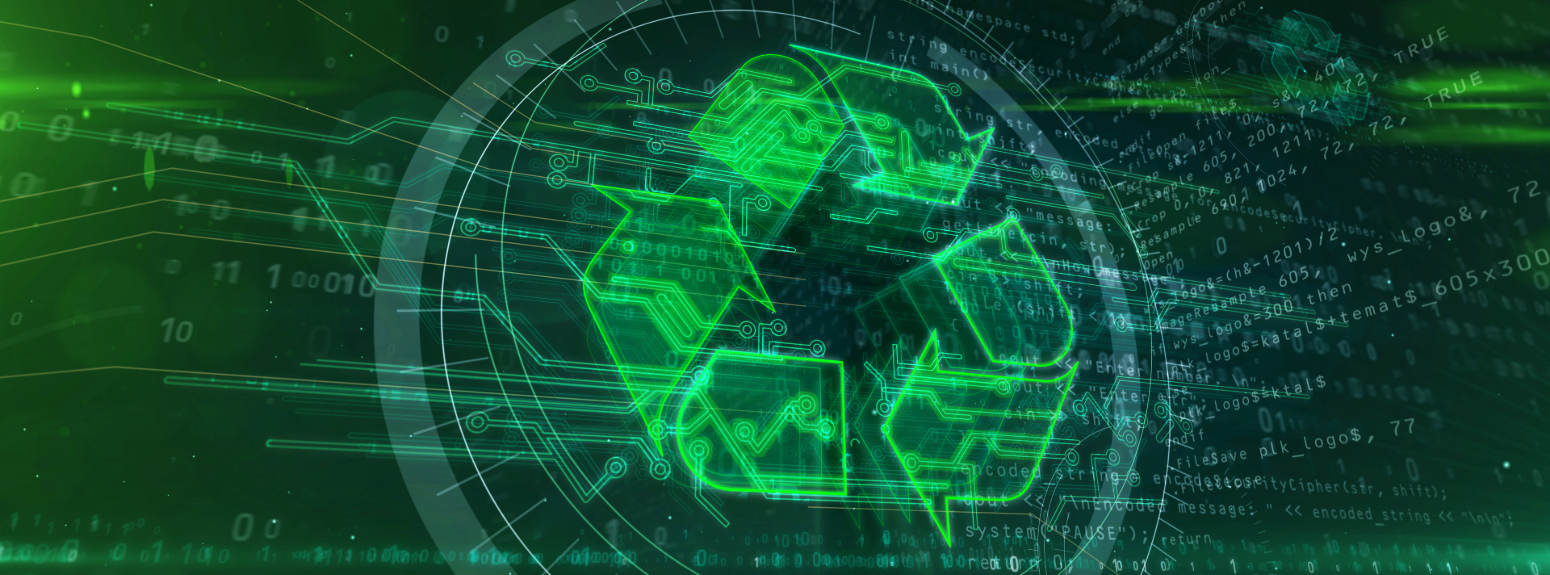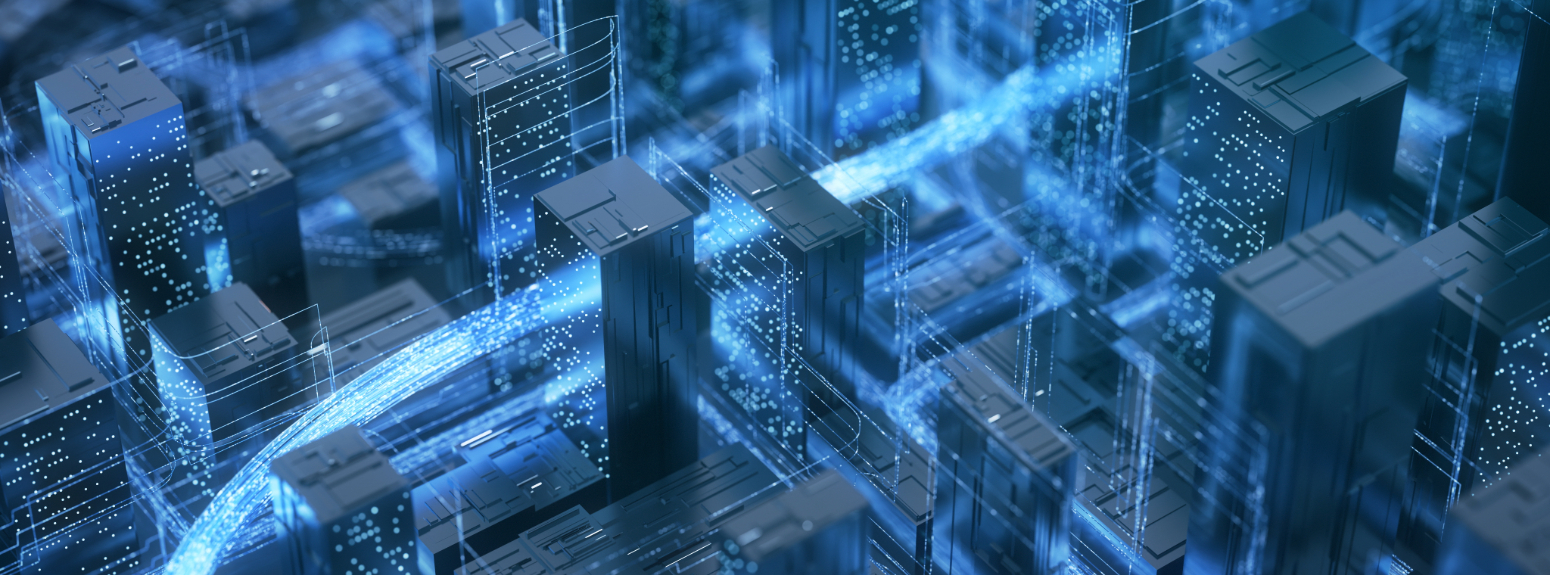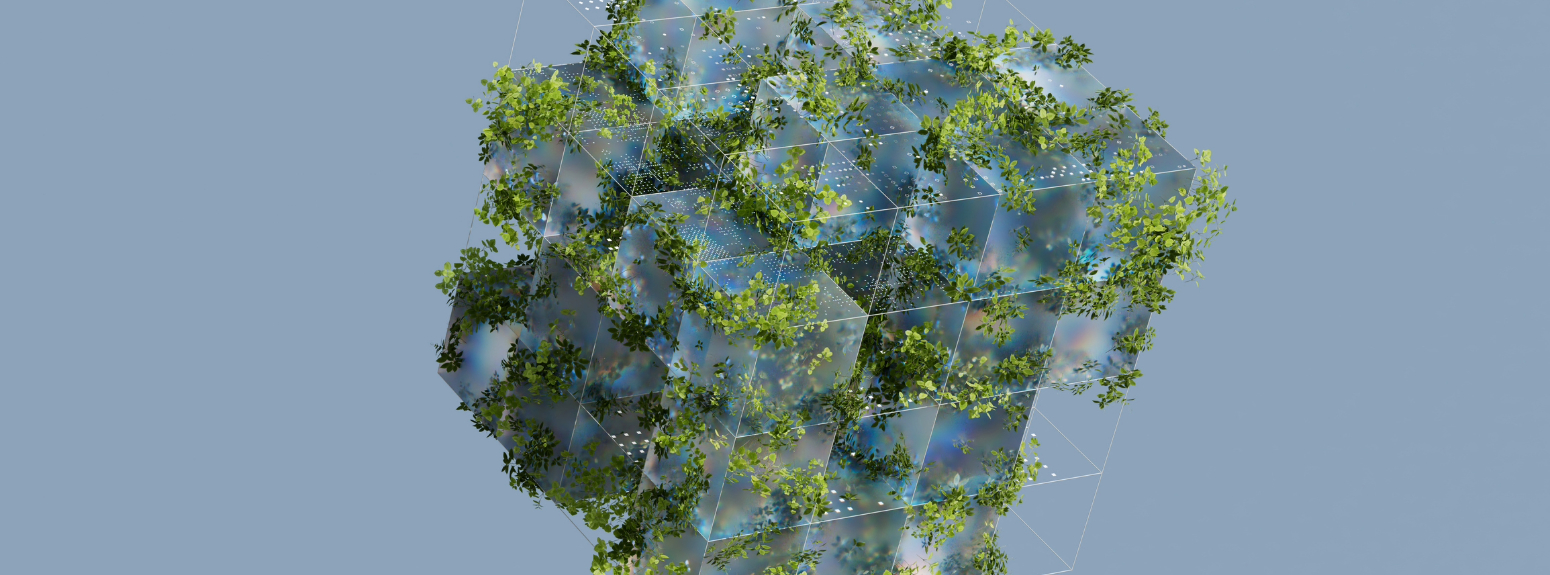Why Artificial Intelligence enables the Circular Economy
The various AI and Machine Learning applications can facilitate and accelerate "circular" design and the adoption of circular economy business models, ranging from urban mobility to energy efficiency up to the agri-food sector.


In the paradigm shift from the current linear economic model to the circular one - which aims to reduce waste of resources by eliminating the concept itself of scrap, in favor of a logic of recovery and reuse of resources already in use - new technologies and, in particular, Artificial Intelligence, can facilitate and enable the adoption of circular economy business models.
It is no coincidence that in 2019 the Ellen MacArthur Foundation - the most important global think-tank promoting the systemic transition towards the circular economy of which the Intesa Sanpaolo Group has been a strategic partner since 2015 - carried out a study entitled "Artificial Intelligence and the Circular Economy”, aimed at investigating the role of AI in the transition towards the circular economy.
The analysis, examining the value chains of food and consumer electronics, highlighted how the application of Artificial Intelligence can improve the circular design of products, as well as the circular functioning of business models and infrastructures. At the conclusion of the study, according to the researchers, AI already represented in 2019 the most effective accelerator for decoupling development from the use of resources by redesigning production, consumption and disposal systems in a circular key.
In addition, a report by the European Commission highlights how the environmental impact of 80% of products is already determined at the design stage. In this sense, the "power" of data, Machine Learning and the various applications of Artificial Intelligence, according to a study conducted by Boston Consulting Group, could allow a reduction of 5% to 10% in global greenhouse gas emissions by 2030. That is, the equivalent of the total annual emissions of the 27 EU countries.
Artificial Intelligence, therefore, is an enabling element for the transition to the circular economy and takes on a crucial role in transforming and revolutionizing the current models of design, production, consumption, reuse, repair, regeneration, recovery and end-of-life management of products, as well as making waste management more efficient in a circular manner.
Thanks to the ability to quickly interpret a large amount of complex data by returning simple and clear feedback, Artificial Intelligence can perfect circular innovation in various sectors. Specifically, AI can serve as an enabling technology for the circular economy in two distinct ways:
- In Circular Design - can improve and accelerate the development of new recyclable, biodegradable or renewable products, components and materials suitable for a circular economy through machine learning-assisted iterative design processes that enable faster prototyping and testing.
- In the implementation of circular business models - it can speed up the implementation of circular business models by facilitating, for example, the adoption of Product-as-a-Service or servitization and leasing models. By combining real-time and historical product and user data, AI can help increase product circulation and asset utilization through price and demand forecasting, predictive maintenance, and intelligent inventory management. It can also help build and improve the reverse logistics infrastructure needed to “close the loop” on products and materials by optimizing processes to sort and disassemble products, rebuild components, and recycle waste materials into secondary raw materials.


How AI can enable the circular economy in urban contexts: from energy efficiency to sustainable mobility
AI and, more generally, digital technologies, allow urban contexts to pursue greater sustainability. Geolocalisation, virtualisation, de-materialisation, transparency on products and material flows are digital technologies which, if combined with AI, are capable of enabling circular economy models.
A practical example is the installation of specific sensors in buildings that collect a multitude of data and are connected to software with AI algorithms. This software can respond in real time to operational and environmental changes to optimize energy management and efficiency, consequently reducing consumption for the benefit of environmental and economic sustainability.
In the field of mobility, the use of geospatial information interpreted through AI allows greater visibility on the flow of materials and people in cities: the data is interpreted by the software to make suggestions for optimized route models, thus reducing traffic flow and all the pollution that comes from it.
Still in the field of mobility, AI, thanks to its ability to monitor and interpret data in real time, has made it possible to implement models for sharing products and goods such as cars, electric scooters, bicycles and much more.


The importance of Machine Learning and Artificial Intelligence to make the agri-food sector circular
Another key sector that requires sustainable circular economy models capable of regenerating natural capital is the agri-food one. AI plays a notable role in enabling circular economy models along the different stages of the supply chain. In agricultural production, in fact, Artificial Intelligence contributes to the optimization of processes.
For example, the use of data collected from the field in real time thanks to drones, remote sensors and satellite images and interpreted with AI algorithm software, helps the producer to make better and precise decisions in real time on crops, regulate the quantity of water and fertilizers needed, as well as monitoring the maturation of crops through computer vision, consequently optimizing the use of resources.
In the processing and sales phases, AI and Machine Learning algorithms analyze images and data from cameras, spectroscopy, to minimize the generation of waste resulting from product obsolescence
Finally, AI models help reduce waste even in the consumption phase. An example is the application of algorithmic software based on Artificial Intelligence which is connected to restaurant kitchens to monitor and record food waste and disposed of surplus, with the aim of suggesting to restaurateurs the best quantities to purchase to minimize food waste.
In conclusion, it can therefore be stated that Artificial Intelligence and Machine Learning on the one hand represent an opportunity for entrepreneurs through which to maintain or acquire a competitive advantage; on the other hand, they enable (and accelerate) the transition towards the circular economy, therefore contributing to the sustainable development of our planet.
